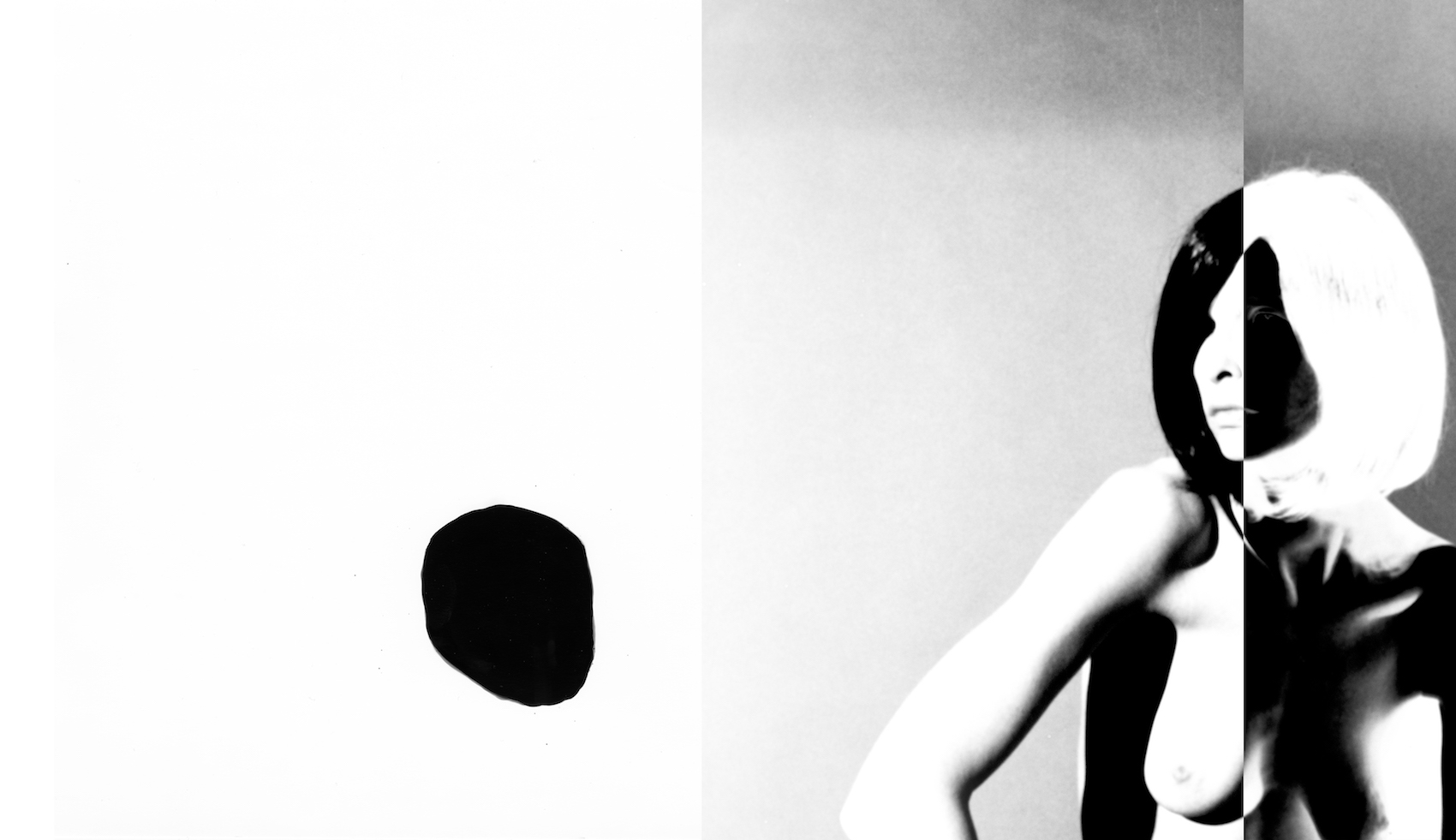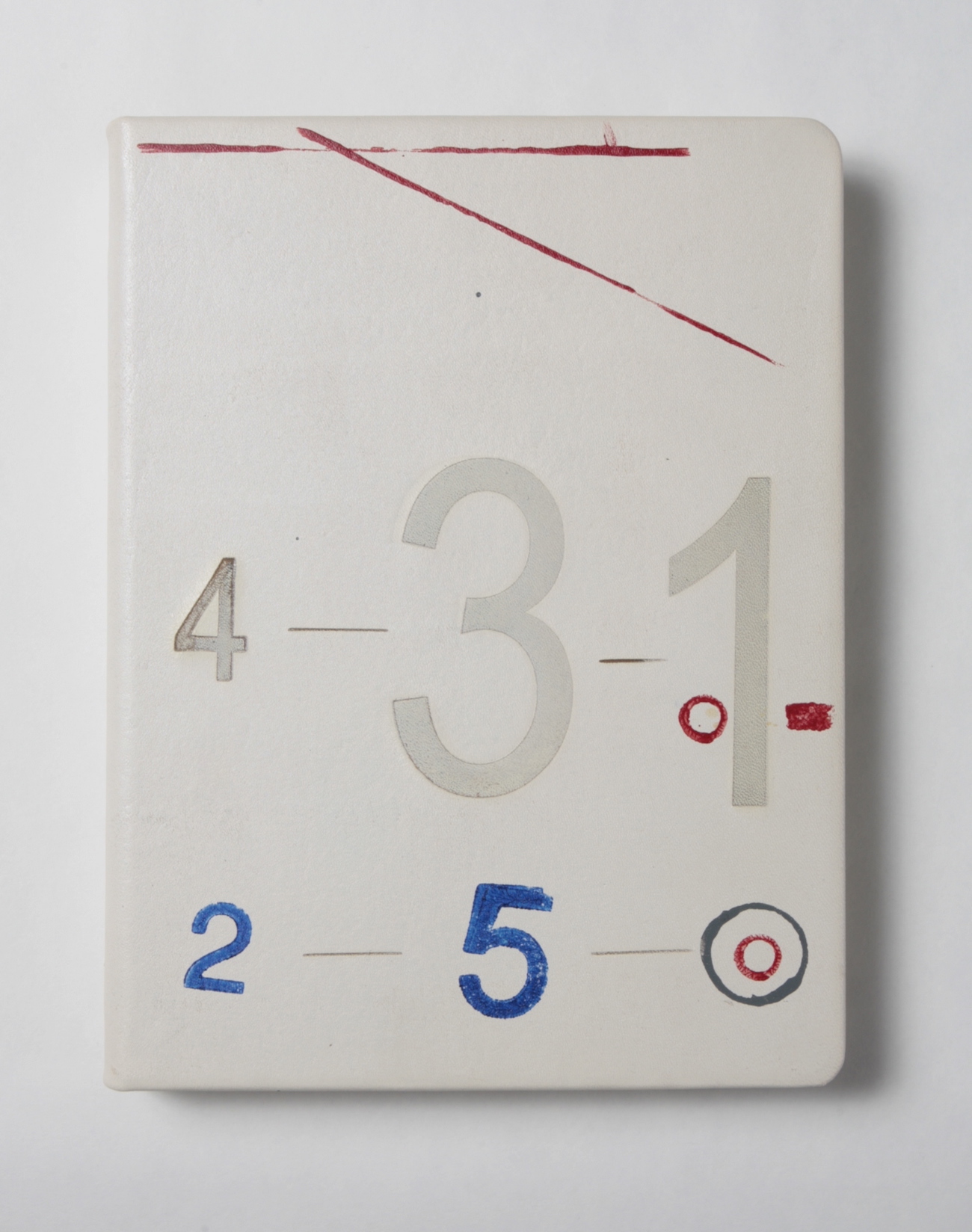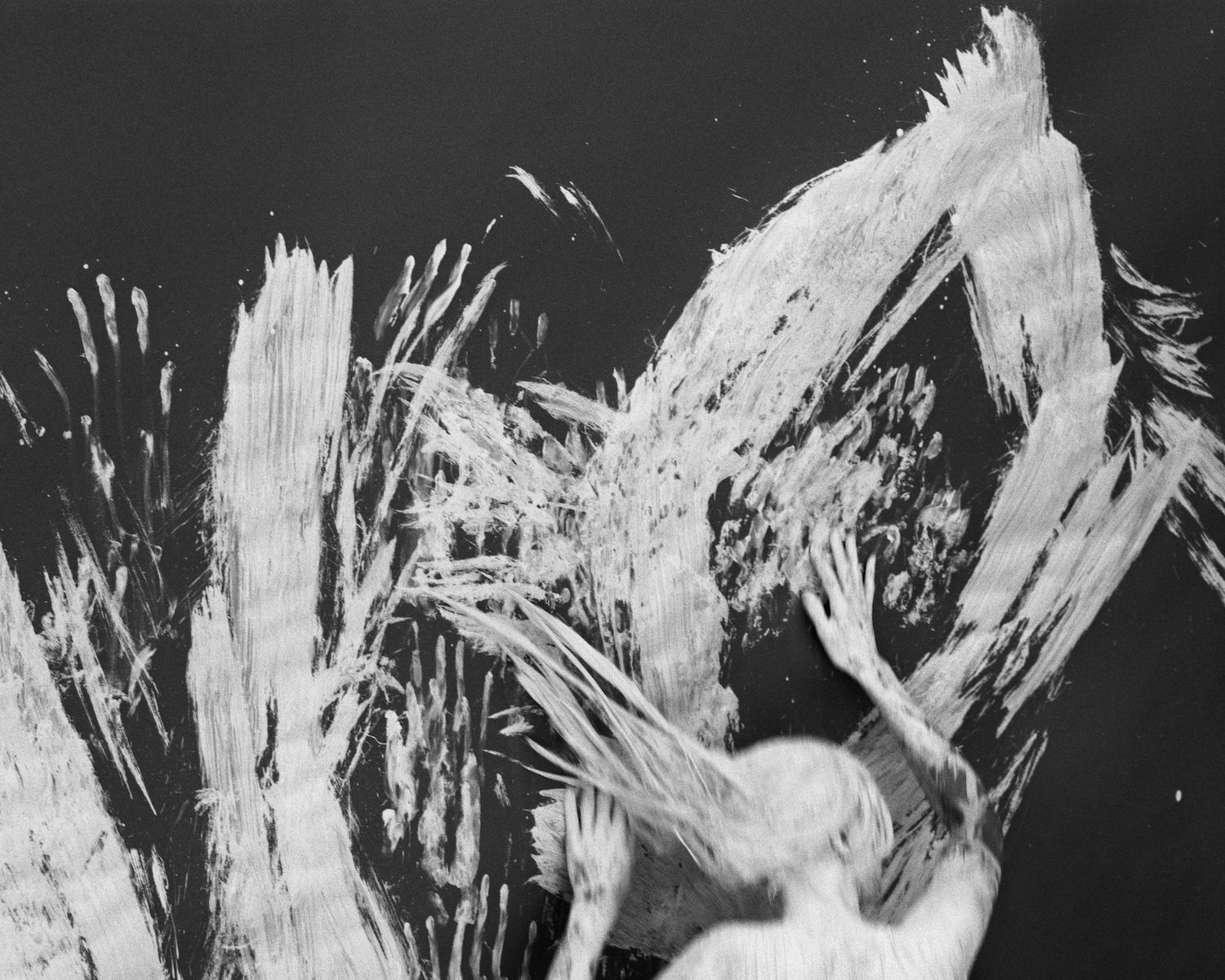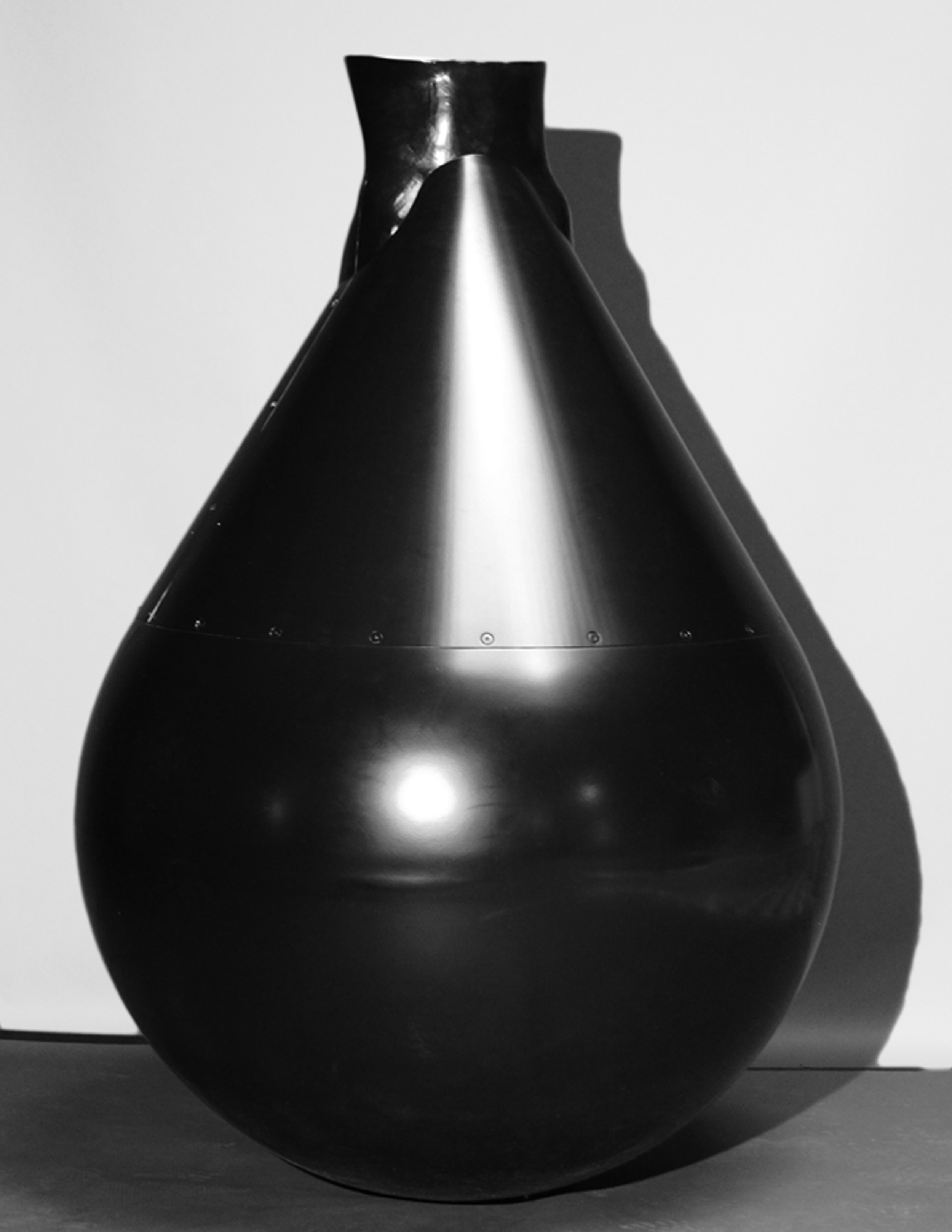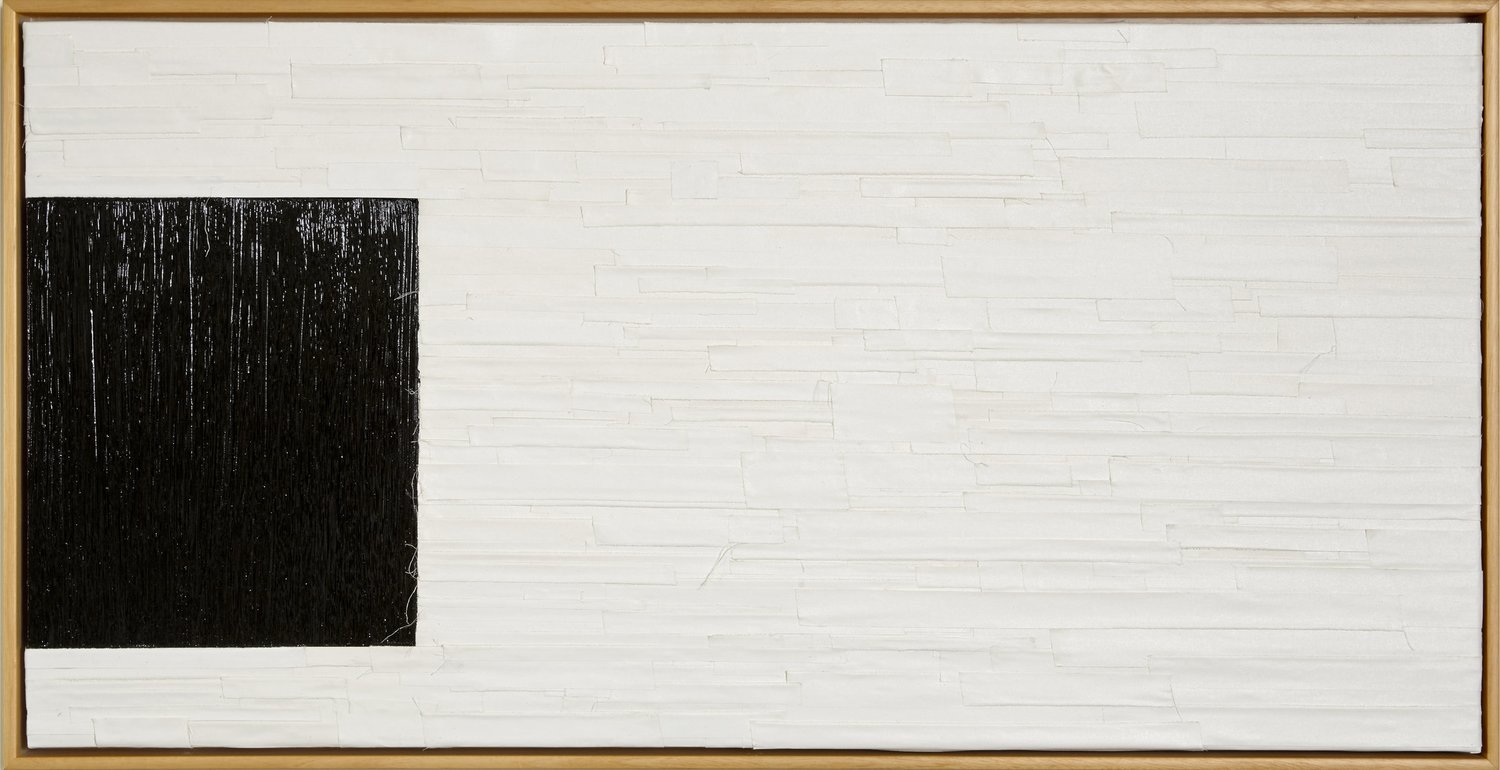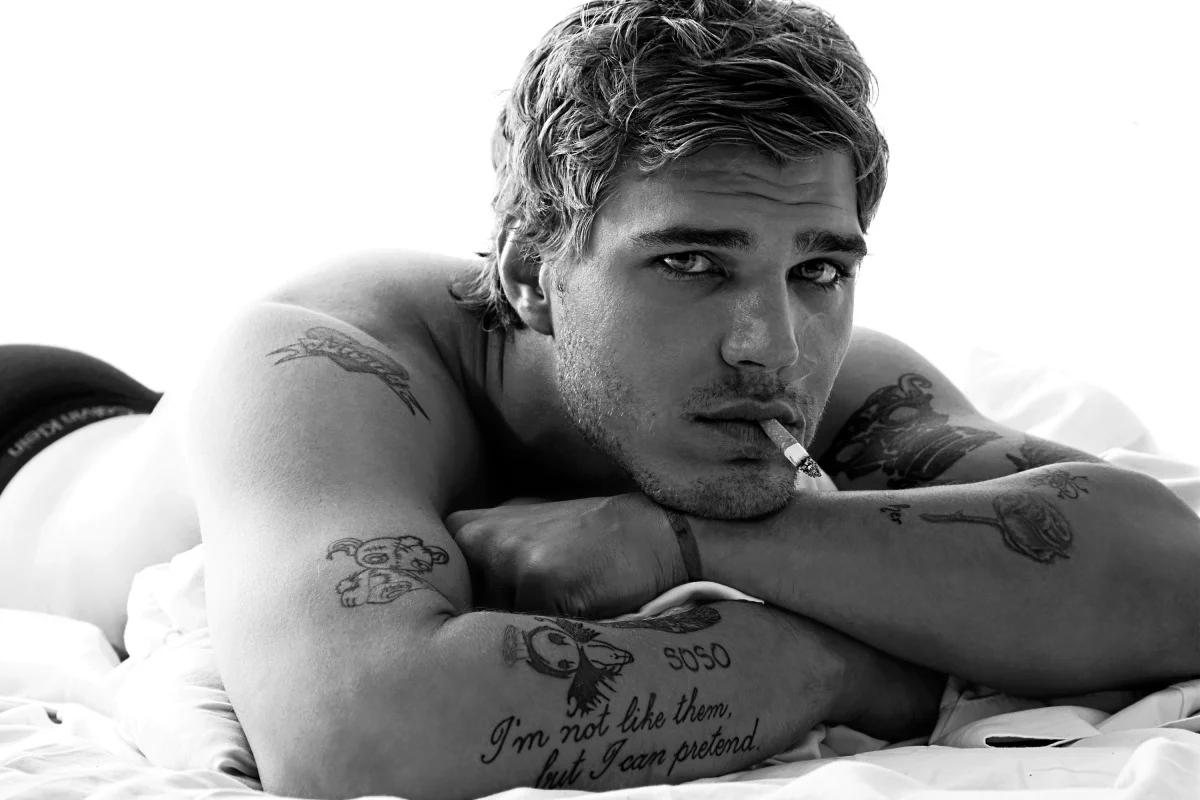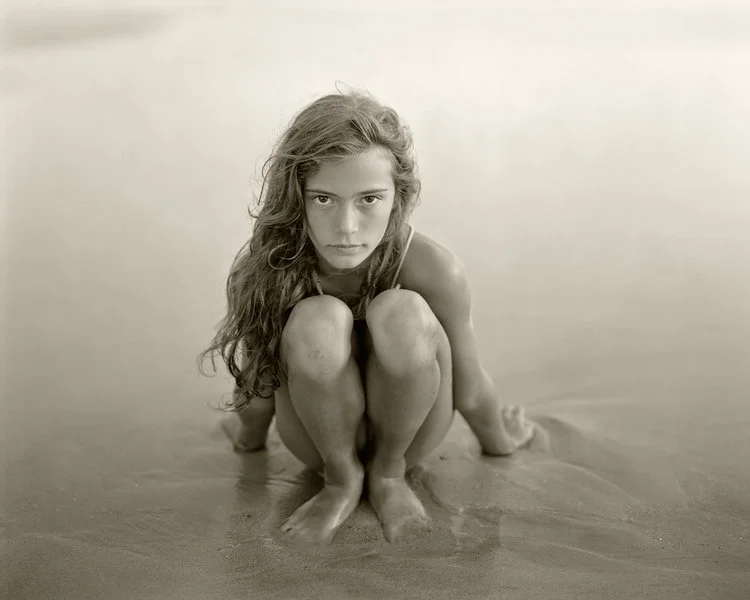Christina Kruse
German-born, New York-based model Christina Kruse’s work as an artist and photographer has been recognized for over a decade, shown by well-regarded galleries in New York, London, Paris & Germany, and featured in Vogue, Interview, Harper’s Bazaar, Glamour, I-D & Mixte.
Dennis: You began working behind the camera in 1996. Initially the work you shared with the public was largely photographic in nature, while today mixed media plays a larger role. Tell me about this evolution.
Christina: For a very long period of time photography was a very present medium in my world, something I dealt with nearly every day in front of or behind the camera. I stuck with what I knew and felt comfortable with and the materials I needed had to fit into a suitcase as I was traveling so much. The turning point came around 2005, I had thought about making works on a larger scale and different mediums for a while and decided take a few sculpture courses at SVA. I then rented a studio in Brooklyn and started by simply playing around with all sorts of mediums for at least three years, pretty much every day. Bit by bit I acquired my own knowledge and preferences and began making the works.
What have your years of working in front of the camera taught you about your work behind it?
Compositions, angles, light and mostly procedure. Every photographer has their way of working, some have a very concrete idea and what the end result should look like, some are completely open to what the team has to offer or could add to the table. Some images demand for something to be added and sometimes keeping the image as raw as possible is just what the story needs. The ability to differentiate when something needs to be added and when to leave it alone I found most interesting - I think the few who are so good at this have this vast amount of fashion knowledge, its history, the material of the clothes, the girl, the hair, the make-up and styling. Steven Meisel is someone who has an eye for all of it that is so very impressive - he is able to create a very considered and complex image looking completely effortless.
You kept your art and photography a relatively private project for a long time. You have said, “Doing things by myself meant that I didn’t just teach myself to take pictures, but that I also got to teach myself how to see.” Can you elaborate on this statement?
When you do things on your own you deal solely with your opinion, not others, and the longer I did it the more opinionated I became about my own interpretations of anything. It is unavoidable. There are so many options everywhere and sometimes it is hard to get to the bottom of what it really is that I want to say in my very own interpretation - having been on my own without any criticism made it a bit easier to find that bottom, but then harder to contextualize it, which at some point one needs to do as well. Ideally I get to the point of knowing a lot and keeping my own ‘bottom’ in tact and in sight.
Who is inspiring you today?
Claude Cahun or Maya Deren were artists whose books I found in Paris and looking at their work made me feel a lot less alone. Today, inspiration comes from the same, or very similar places as it did back then. What is inspiring can be anything, a conversation, a structure on the playground, the theory of equilibrium. Whatever state of mind I am in will be reflected in anything I set out to do and since we always evolve in some way there is always a new way to look at something.
Your early journals combined polaroids, writing, textured tape, watercolor, ink, crayon, gouache, metallic paper, newsprint and colored plastic gels. Do you continue to keep journals today and are they still as elaborate?
I haven’t done ‘a page’ in my journals, as I call them, since my last solo show in New York at Steven Kasher Gallery. Having said that, I just finished building my studio upstate, unpacked boxes, looked at my old journals and thought, I miss doing my pages and will start doing them again. I have no idea how they will turn out, but I am looking forward to having the evening hours to myself, sitting at my table, glueing a polaroid in, adding tapes, drawing mindlessly around it, writing mindlessly on it and getting my watercolors out.
In 2011 you created a video piece accompanied by stills on canvas titled “NO”. In it you use your body covered in white paint and repeatedly toss yourself against the canvas until we are left with the word no. What does this word mean to you?
I have always found it difficult to say ‘no’. Like most people part of me wants to be liked and is eager to please. So, “NO” goes entirely against the grain. The stills were done in 2001, the video recorder failed me while doing it and as I was covered in paint it was impossible to do both without ruining the camcorder. I finally did the video in 2011.
Your sculpture work, such as, “Kugelmann” 2013, includes drawings, video and print - all very detailed. Seems one would need an architectural degree to create some of these pieces. How did you learn do do such intensive designs?
I learn by doing. I continue to keep that wonderful illusion ‘if someone else can do it, I can do it’- probably not very well, but I am fairly good with instructions and as long as I am dealing with materials that are predictable, for example, melt when they are meant to melt and harden when they are meant to harden. All you need to know is what you want from them in that time frame and do it. Of course practice is a constant companion and eventually it should work out - or so I’d like to think. I did need help with the technical drawings and finding reliable metal spinners. Robert Hare, a builder of anything, built the sculpture with me. He worked within my budget and made me do things myself, like molds, casts, creating the wax surfaces for the final cast, dealing with the foundry and understanding how they work and what is vital for a well executed cast. Robert was my teacher in all of this, all the way through. He was and is brilliant.
Your current works consisting of cloth, tape and oil are large in scale and complex in nature, yet the end result displays with beautiful simplicity. How did this series come about?
I used cloth and tape on nearly every page of my journals for 15 years and am very comfortable with it, it’s like a second skin to me. Hence the paintings.
What does minimalism mean to you?
Minimalism to me is anything that is stripped of any unnecessary elements. The removal of anything that is not essential to the basic structure.


